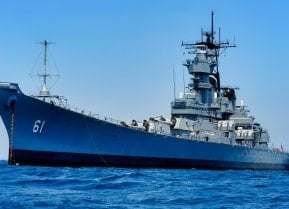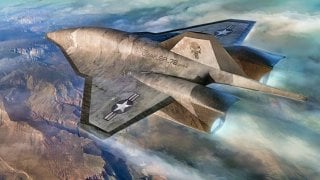SR-72: Is the Top Gun Mach 10 Spy Plane Actually a Real Thing?
Lockheed Martin’s SR-72, also known as the Darkstar or “Son of Blackbird,” is one of aerospace’s most hotly anticipated programs - maybe.
Lockheed Martin’s SR-72, also known as the “Son of Blackbird,” is one of aerospace’s most hotly anticipated programs - maybe.
In May of last year, a fictional craft, allegedly similar to the SR-72, named the DarkStar, appeared in Top Gun: Maverick.
Early in the film, which has become 2022’s highest grossing, Tom Cruise’s character pilots the Darkstar in an attempt to hit Mach 10 speeds.
The scene was created with direct assistance from Lockheed Martin’s Skunk Works lab – the same team responsible for the SR-72.
But is it actually real or close to becoming real?
Meet the SR-72
“We partnered with the Top Gun:Maverick film’s creative team to collaborate on bringing our expertise in hypersonic capabilities and aircraft design to the big screen,” Lockheed Martin’s website says. Lockheed teased at whether the Darkstar, or the aircraft’s technological features, was real or not. “With the Skunk Works expertise in developing the fastest known aircraft combined with a passion and energy for defining the future of aerospace, Darkstar’s capabilities could be more than mere fiction. They could be reality…”
So, was the Darkstar reality? Was the Darkstar really a preview of the SR-72 Son of Blackbird?
It’s entirely possible. But the program is shrouded in secrecy – and very little is known to the public.
The “super-cool Mach 6 wonder is still in the testing phases but should be rolled out for initial flight demonstrations by no later than 2023,” Jeff Spry reported. “But with a tight lid on its stealthy creation, it actually might have already taken to the air without the general public being aware…The so-called “Son of Blackbird’s” developmental program has been cloaked in secrecy since whispers of its genesis swirled around the aviation industry 10 years ago.”
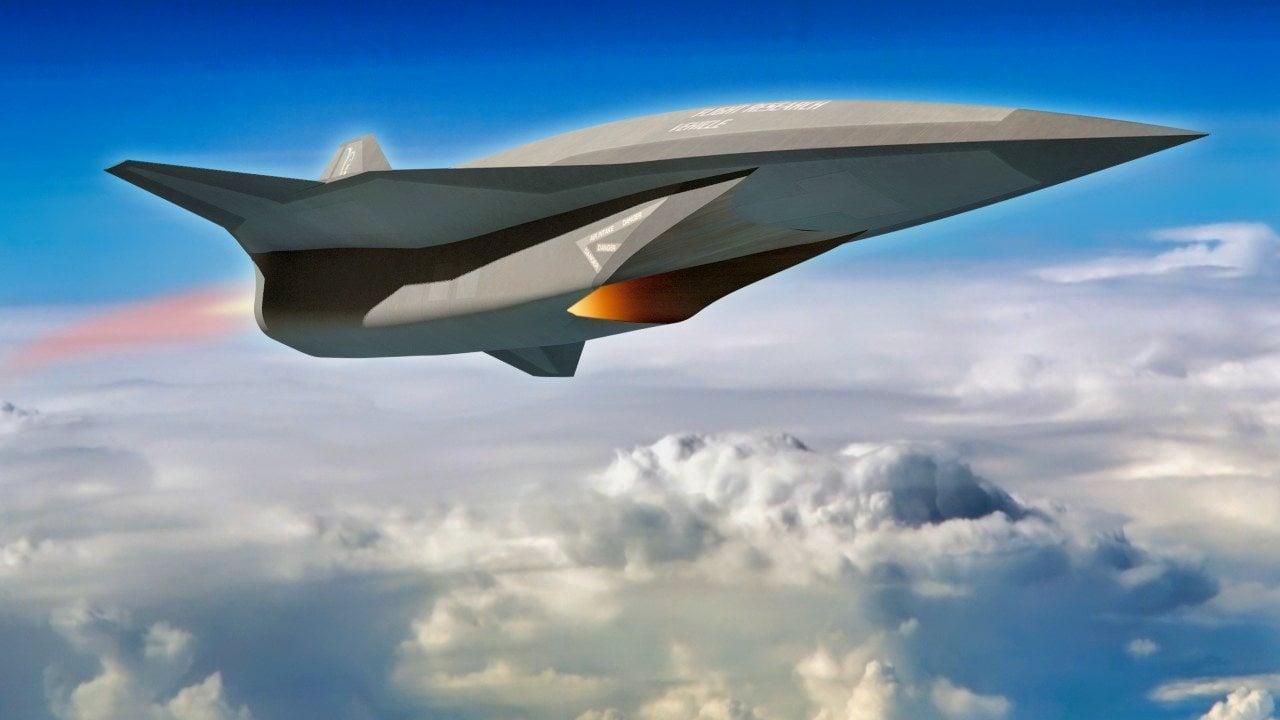
Maybe, sneakily, Lockheed gave us all a glimpse of the actual SR-72 in Top Gun. Here’s what we know about the aircraft so far.
The SR-72 is a hypersonic UAV concept designed for intelligence, surveillance, and reconnaissance (ISR). Lockheed proposed the new jet in 2013, to address the coverage gap that the SR-71 retirement left lingering between surveillance satellites, aircraft, and UAVs. While the SR-71, with its missile evading speed, had gone out of fashion by the turn of the century – in favor of stealth fighters and satellites – the emergence of increasingly sophisticated air defense systems and anti-satellite technology has weapons designers reverting back to old, yet improved, doctrines. Although simple in concept, maybe a jet that is simply too fast to defend against, has value in the modern geopolitical realm.
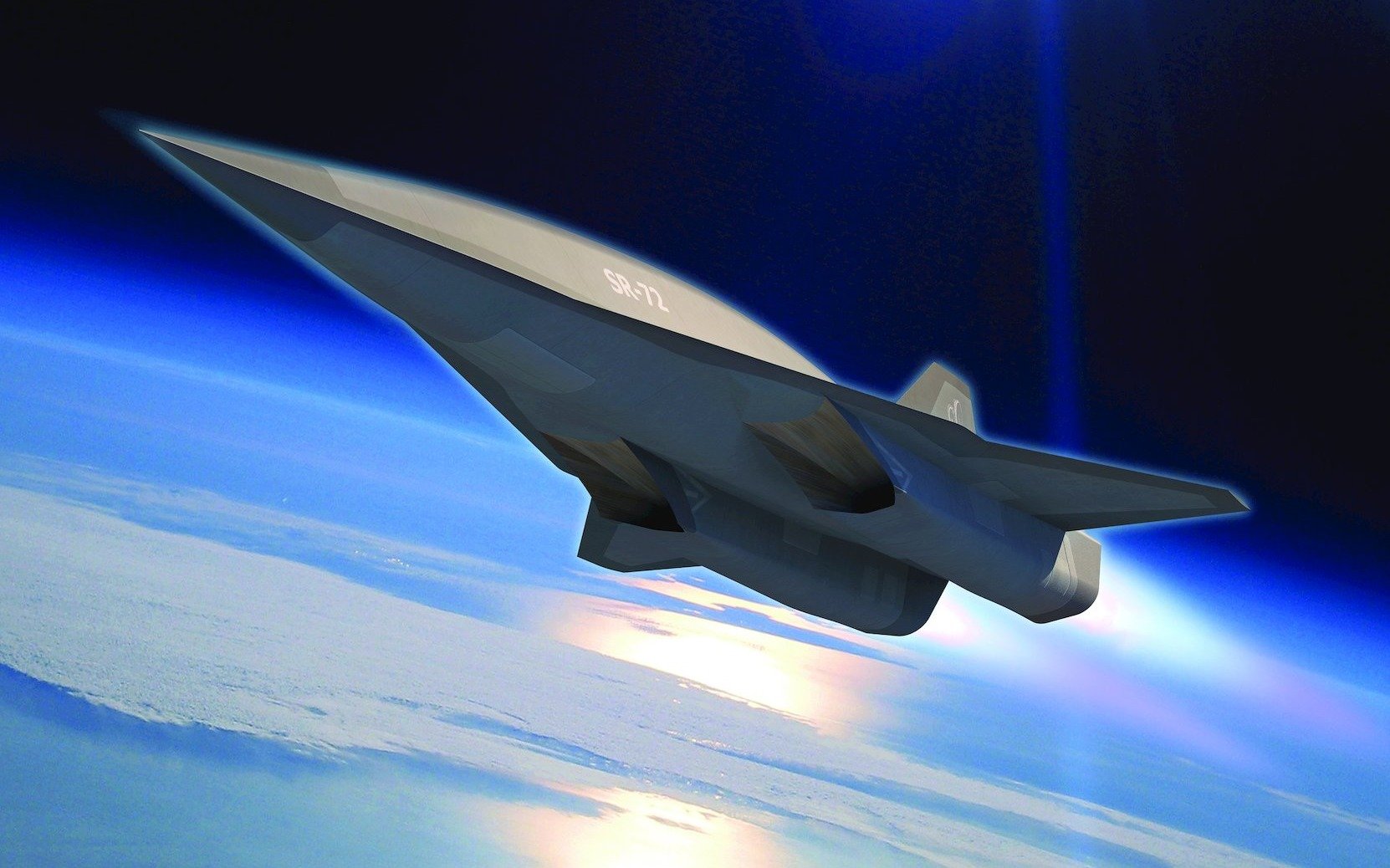
To power the SR-72 at speeds in excess of Mach 6, Lockheed has been partnering with Aerojet Rocketdyne; the team is developing an SR-72 engine from the scramjet-powered-HV-3x. The Sr-72 will likely feature an air-breathing hypersonic propulsion system. The hope is that one engine can power the SR-72 in all phases of flight, from subsonic, supersonic to hypersonic speeds.
Creating an aircraft that can handle Mach 6 speeds is technically challenging. At speeds above Mach 5, aerodynamic heating creates temperatures so hot that conventional metal airframes melt. So engineers will have been tasked with finding a high performance material for the SR-72 that can withstand the temperatures that the plane’s max speed will create. The end result will likely include carbon, ceramics, and mixtures of other metals – to create a skin similar to those used on intercontinental ballistic missiles and the Space Shuttle.
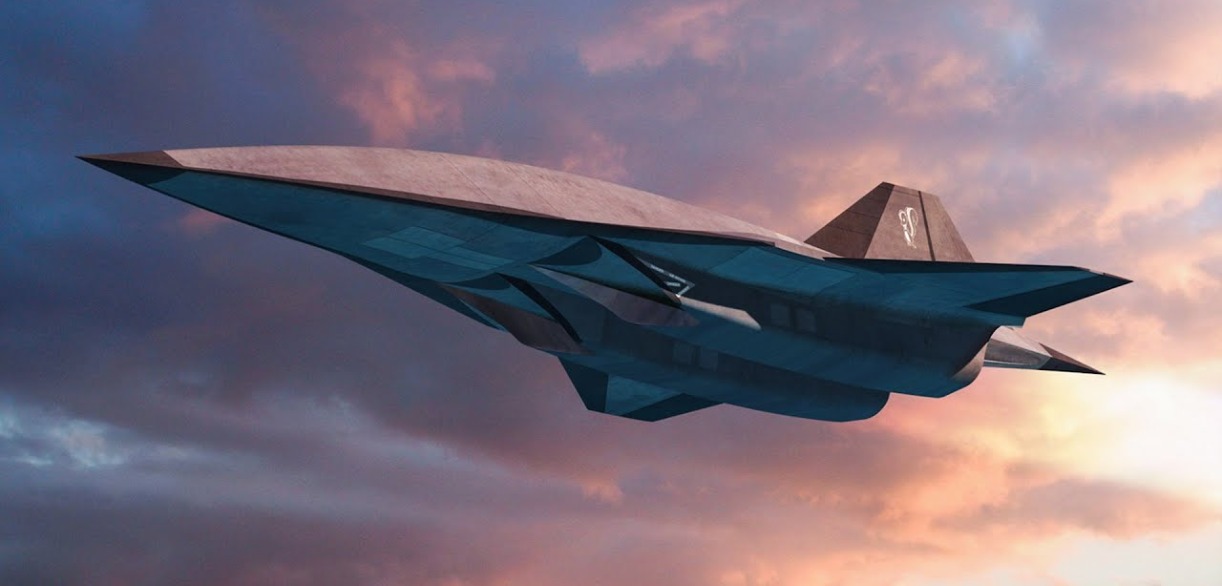
Whether the SR-72 will carry a weapons payload remains unclear. US war planners have expressed interest in procuring a hypersonic strike platform – but currently, no payload exists that could be deployed at Mach 6 speeds. New weapons and new sensors will probably need to be created to allow the SR-72 to deploy weapons.
SR-72: WHAT THE EXPERTS TOLD ME:
“I am not exactly sure if this plane will truly ever fly and feels more like a publicity stunt than an actual 21st-century spyplane,” explained an aviation industry executive with decades of experience in an interview conducted on background last year. “Could it happen? Sure, and I know Lockheed has the tech to pull it off. I just don’t think the U.S. military is that interested.”
BOTTOMLINE:
Lockheed hopes to have the SR-72 in the air before 2025 and in service by the 2030s. In the meantime, aviation enthusiasts will have to continue speculating, combing the internet for updates, or watching Top Gun:Maverick, which may or may not feature a cameo from Lockheed’s mysterious hypersonic jet.
About the Author: Harrison Kass
Harrison Kass is the Senior Defense Editor with over 1,000 articles published. An attorney, pilot, guitarist, and minor pro hockey player, he joined the US Air Force as a Pilot Trainee but was medically discharged. Harrison holds a BA from Lake Forest College, a JD from the University of Oregon, and an MA from New York University. He lives in Oregon and listens to Dokken. Follow him on Twitter @harrison_kass.
All images are Creative Commons.
